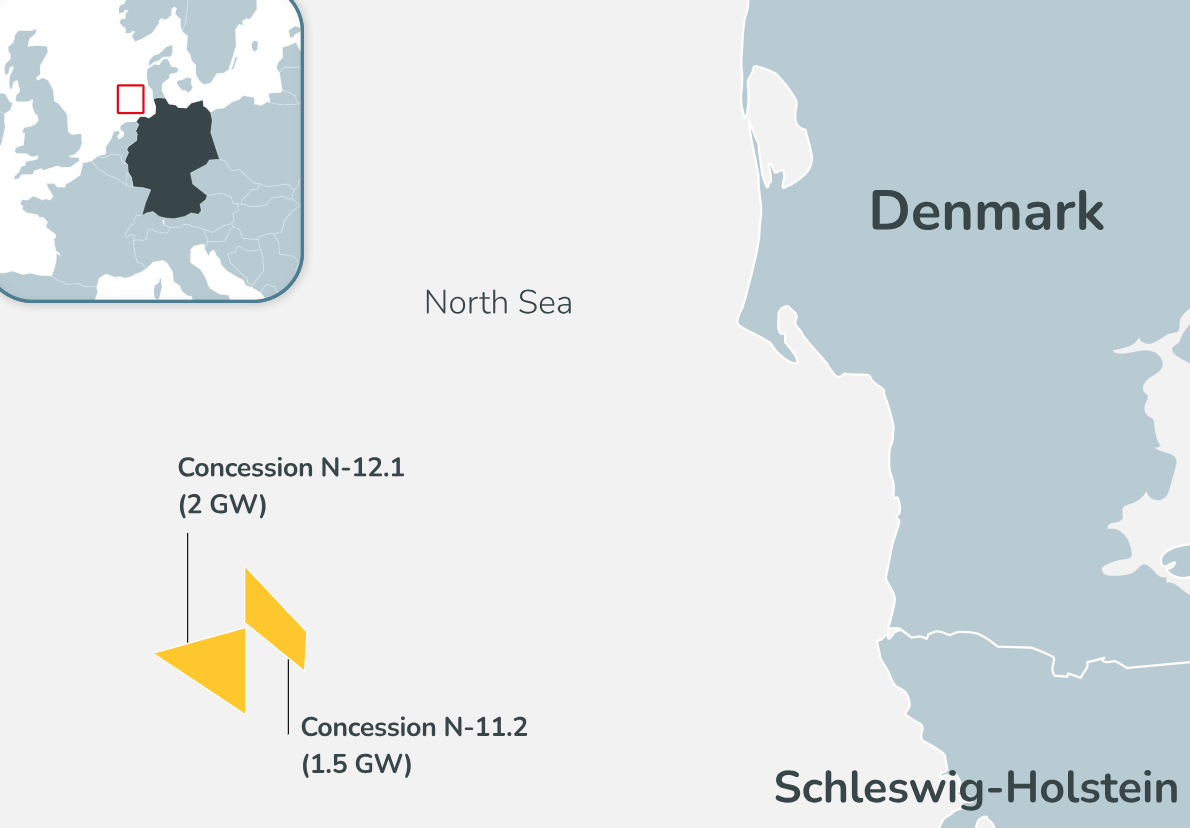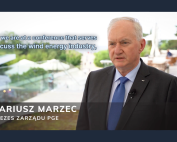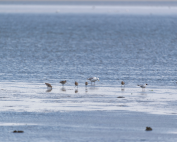A recent report by the DCE – National Center for Environment and Energy, commissioned by the Danish Environmental Protection Agency, has sparked significant concern among renewable energy developers. The updated guidelines recommend halting wind turbine operations at wind speeds up to 8-10 meters per second to protect bat populations. This directive is seen as a critical threat to Denmark’s green transition and energy security, according to Green Power Denmark.
Key recommendations from the report include stopping the rotation of wind turbine blades from sunset to sunrise during periods when bats are expected in the area, except in strong winds. Additionally, both wind and solar projects should not be located near forests, lakes, and wetlands, which are primary bat habitats. This has led to fears of a halt in new renewable energy projects, both on land and potentially affecting upcoming offshore wind projects in Denmark’s inner waters.
Thomas Aarestrup Jepsen, Director of Renewable Energy Production and Public Affairs at Green Power Denmark, emphasized the severity of the situation. He stated that implementing these recommendations could severely impact wind and solar energy projects, thereby jeopardizing the country’s goals for green energy transformation.
The official name of the report is “Handbook on Species in Annex IV of the Habitats Directive.” It is the latest guideline for authorities, organizations, and ministries on complying with the EU’s Habitat Directive for bat protection. Some energy projects have already been informed that, due to the new DCE update, they might face increased requirements, such as noise measurements related to bat populations.
Joachim Steenstrup, Head of Public Affairs and Strategy at Eurowind Energy, highlighted that average wind speeds in Denmark range from 6-8 m/s, and stopping turbines at 8-10 m/s would result in a significant drop in wind energy production. This could undermine the business case for many projects, as turbines would need to cease operation at night during spring and autumn unless it is stormy.
Steenstrup also criticized the report for not considering the NEKST committee’s recommendations, which include faster complaint processes and the possibility of installing wind turbines in forests.
The DCE’s handbook references German studies by Dr. Christian Voigt from the Leibniz Institute for Zoo and Wildlife Research. One study estimates that each land wind turbine kills an average of 14 bats annually. However, Steenstrup argued that the report inappropriately compares modern Danish wind turbines with bat-stop capabilities to older, unregulated turbines in Germany.
Christian Voigt presented a potential solution at a Green Power Denmark conference, highlighting a technology called Probat 7.0. This technology can reduce bat fatalities to 1-2 annually with only a 1.4% loss in annual electricity production. However, the DCE report does not appear to consider such mitigation measures when recommending turbine stoppage at 8-10 m/s.
The report also suggests that large solar installations should not be built in or near bat habitats, such as forests and major natural areas, due to their potential negative effects on bat activity and behavior.
Green Power Denmark underscores the need for a political prioritization that balances the protection of biodiversity with the urgency of addressing the climate crisis. The organization argues that a coexistence strategy is essential to advance both environmental and renewable energy goals effectively.















